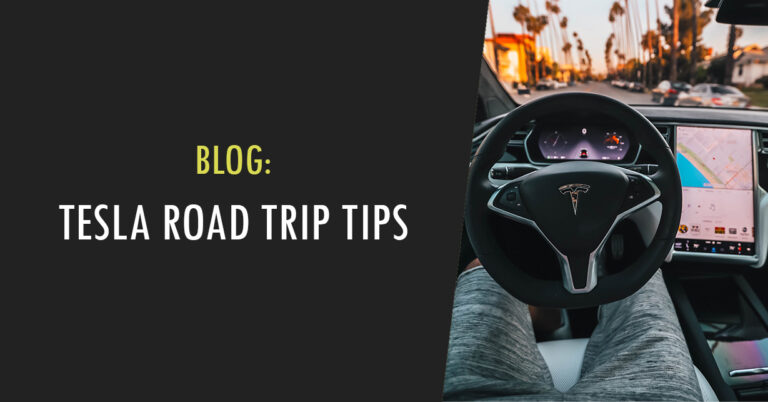Many rent RVs, minivans, and trucks to go on a road trip, can’t go wrong with that. Have you ever thought of doing so with an electric vehicle such as your Tesla?
Sure, electric cars are practical and efficient, but traveling long distances in one requires a little more planning. You will have to make sure that your batteries have enough juice to get you to the next charging station safely, and plan stops accordingly.
Tesla’s network of Superchargers makes long drives across the country feasible. Still, if you’re traveling along less-frequented routes, you may have to make use of traditional charging stations or even regular 120v plugs. Every time you stop for a recharge, you will have some exploring time, which can amp up your entire experience. With a little careful planning, a road trip with a Tesla could be the best thing ever.
Tips for Road Trips in a Tesla
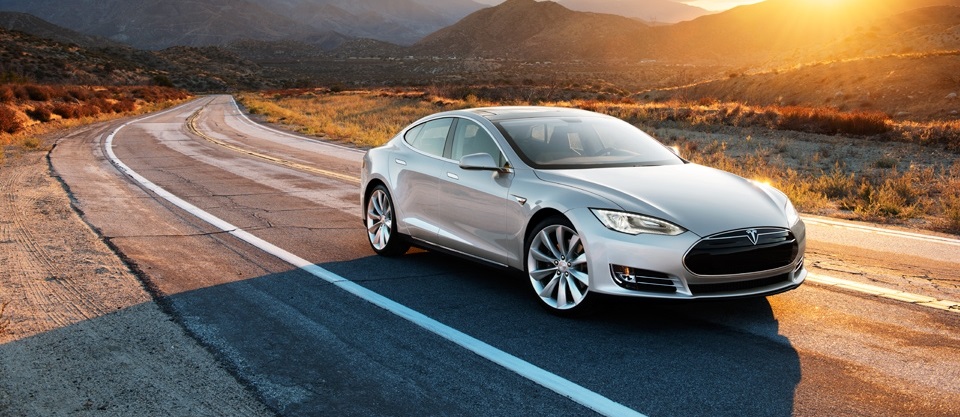
1. Check the Tesla supercharger map!
So, you’ve got a final destination in your sights, but before you can get there, you have to plan your entire trip around recharging stations. You don’t have to worry about the range because there are charging stations everywhere, but you do need to learn about the boundaries of your car.
If you drive faster than you should, the batteries will lose juice quicker, and if you’re not careful, you might find yourself stuck in the middle of nowhere. Head to Tesla’s official website and check the supercharger map between you and your final destination. Plan breaks on locations where your car’s batteries will be half empty. The vehicle will recharge faster, and you will never run out of juice.
Related: Getting the best range with your Tesla
2. Use the built-in trip planner
If you’re the type of person who likes to plan out every last detail of the trip, excellent. However, if you’re not so skilled at planning everything out, Tesla’s built-in trip planner will do everything for you. It’s a convenient feature that will make sure that you never run out of power, no matter where you’re going.
The planner will show you all charging stations along your route, with details like how long you need to drive between two stations and how long will it take for your car to recharge once you stop. You won’t have to check your maps all the time; just input your starting point and your destination, and the app will take care of everything else.
If you prefer to use a mobile device or a laptop to plan your trip, you can also use Tesla’s web-based road trip planner.
3. Arrange “car fill-ups” and “human fill-ups” to happen at the same time
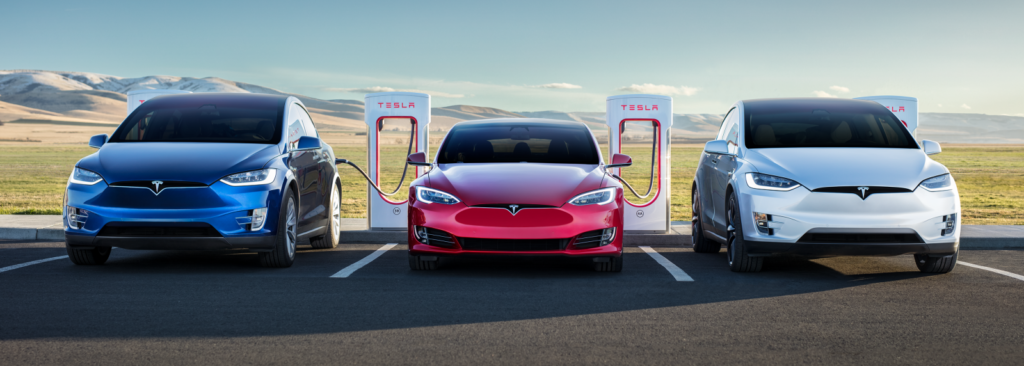
Electric cars need a recharge as much as the people inside of it. The entire trip will revolve around recharging stations, so you should plan to take breaks based on your car’s battery levels. Since most charging stations are located near malls and gas stations, you should plan your meals and sightseeing to happen simultaneously while your Tesla is charging.
Hook your Tesla onto a charging station and stretch your legs a bit. Have something to eat if you’re hungry and take the time to see the town or go to the mall and enjoy a coffee or whatever else you want. By making sure that you satisfy your needs while your car is charging, you will save some time, and you won’t be sitting in your car bored for hours.
4. Have charging adapters ready
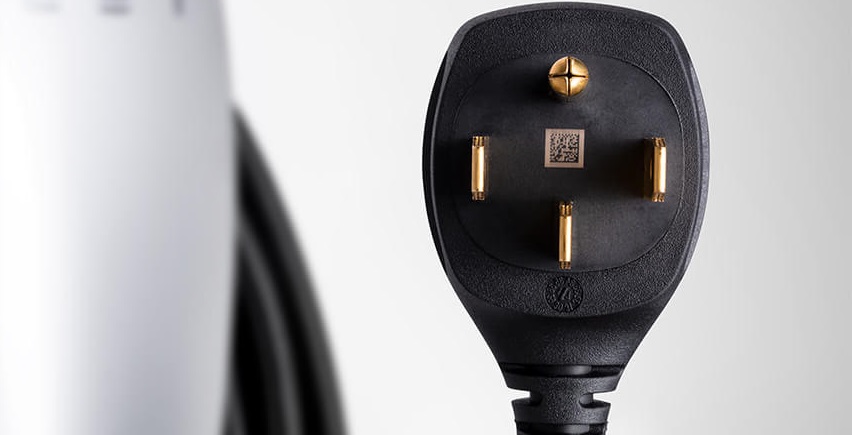
Even though Tesla’s app will show you a detailed route with the closest charging stations, you should bring a charging adapter along, or a charging extension cord, just in case. You never know if you’re going to have to take a detour at some point, so it’s always a good idea to have an adapter you can use to charge your car’s batteries anywhere. The adapter is not that big, so it won’t take up a lot of trunk space. If you don’t have one when you need it, you could end up being completely helpless far away from a charging station.
5. If possible, charge when the battery level is below 50%
Some Tesla owners prefer to keep their batteries above 50% at all times, and that’s fine, but the batteries charge faster when they are more than half empty. So, to save some time, it’s better that you allow the batteries to deplete to let’s say 30 or 35 percent, and then stop for a recharge, rather than doing so every time a station is close by.
It’s also a manner of personal preference. If you like making frequent breaks to stretch your legs, this might even cut your road trip charging time, depending on your driving.
6. Set driving mode to conserve energy
Electric cars have a tremendous amount of torque that allows you to accelerate very quickly. However, a heavy foot will make the batteries deplete sooner, leaving you with much less range than expected.
Turn the Range Mode on to limit the amount of power the car uses and increase efficiency. That means that you won’t be able to accelerate so quickly, but you will get a significant increase in mileage. Keep your foot off the gas, and you will be able to drive much further.
7. If driving in the winter, plan for a reduction in range
Winter road trips are sometimes even cooler than summer trips. The landscapes are often breathtaking, and there’s something special when you sit in a warm Tesla while everything around you is freezing cold. With that said, you should also know that batteries don’t perform the same in low temperatures and that heating the car will use a considerable amount of juice.
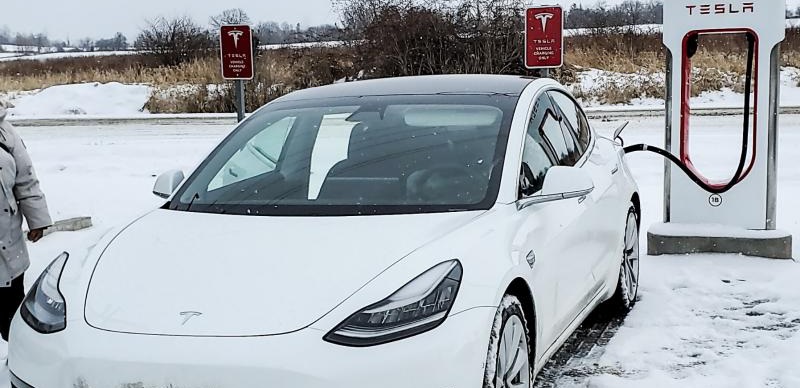
The batteries powering your car will become less efficient, so you will have to plan more frequent stops. Remember that before hitting the road. You don’t want to run out of batteries far away from a recharge station in the middle of winter. If driving in freezing sub-20-degree weather, you should prepare for a reduction in range of up to 40%.
8. Make use of 240V dryer plugs if renting Airbnb accommodations!
Road trips can last for weeks! That means that you’ll have to book hotels and apartments for several nights. Since many people use Airbnb to find a place to stay, it’s good to know if you’re allowed to use the 240V dryer plug to recharge your car during the night. That way, you’ll start the next day with full batteries, allowing you to get more range before you have to recharge. Make sure you have adapters ready!
Destination charging also offers charging at locations such as hotels, restaurants, shopping centers, and other popular spots across the country.
9. Plan for activities while the car is charging
Even when using a supercharger, charging the battery sufficiently to continue the road trip can take 30 minutes or more. That’s more than enough time to use the facilities around and get something to drink, but what do you do for the remaining 20 minutes? Teslas have several on-board arcade games if looking for an entertaining way to wait. If traveling with family or friends, there are various car-friendly board games that don’t need a big table for you and your road trip partners to enjoy.
If you’re looking to make the road trip even more engaging and lucky enough to be traveling along a scenic route, you could even bring your trip to the next level by bringing a couple of bikes with you and equipping your Tesla with a bike rack.
Road trip tips to maximize range:
If you’re planning to take a road trip in your Tesla, you will be driving hundreds or thousands of miles. When your car runs on batteries, you must plan ahead and do some math. You should try and make slight changes to help you get the most mileage out of a single charge. Here are a few tips on how to do that.
Minimize aerodynamic drag
You might be tempted to carry external baggage, bike racks, roof racks, or even tow a small trailer. You should be aware that extra weight and roof racks affects the vehicle’s aerodynamic profile and will lead to a significant decrease in range.
Anything you add to the car that affects the original aerodynamics will create more drag, which will deplete your batteries faster. The same thing goes for standard petrol cars. If you want to bring your bikes along or need to expand your storage with a roof rack, expect to be making more stops to recharge your batteries.
Be speed-conscious
Teslas have an incredible aerodynamic profile and some of the lowest drag coefficients in a car. For example, if you drive at 75 miles per hour, the vehicle will have to provide more power to the wheels due to increased aerodynamic drag, which will lower your maximum mileage. On the other hand, if you keep the speed around 60 mph, your car will use less power due to less aerodynamic resistance, allowing you to go further on a single charge. Again, it’s a thing of personal preference, but that going faster will require you to make more stops on the way.
Use AC and heating conservatively!
No matter if you’re going on a road trip during the summer or the winter, your AC will work hard to provide the best possible temperature inside the car. As you can imagine, that requires power, too, so you must ration the use of the AC to get more mileage out of your Tesla. If you keep it on the entire time, you will drain the batteries sooner, which means you’ll have to stop and recharge the car more frequently.
The best method is to allow the AC to cool the car down for a few minutes and shut it down until the temperature rises again. The same thing goes for heating during winter road trips. With a little practice, you will be able to maintain a steady temperature without depleting the batteries too much.

